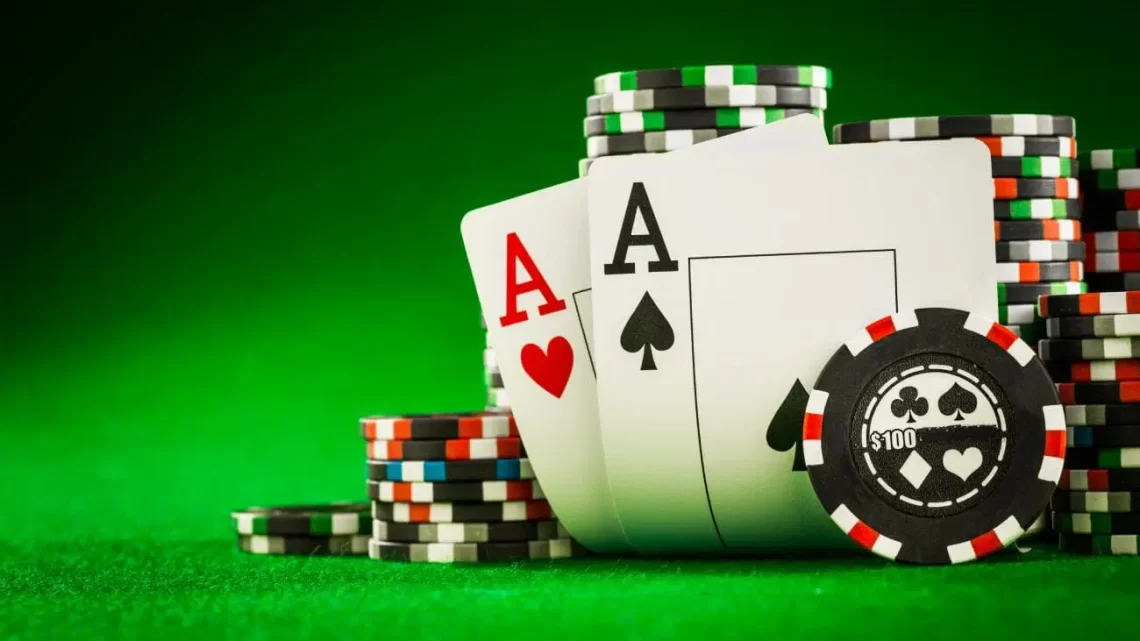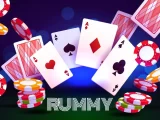
The Science of Poker Tells and Body Language
July 8, 2024Body language and behavior of poker players can be read to reveal tells, from taking a quick look at their chips to placing multiple bets after checking cards quickly.
Tells can be used to gain an accurate assessment of an opponent’s hand strength; however, they should always be used alongside baseline data. Heavy breathing could signal nerves about having an ineffective hand.
Hand movements
Body language cues can often provide clues as to the strength or weakness of a hand. For instance, an opponent who appears nervous might reach for his chips before betting in an effort to protect his starting hand, providing an effective tell. Conversely, large bets made without reaching for chips could indicate a weaker starting hand.
However, identifying poker tells is no exact science; it requires time and study of opponents, their baseline behavior, and any noticeable outliers. Furthermore, each player may exhibit different tells; one player might see smile as strong while another sees it as weak; raised eyebrows could signal fear or uncertainty while they may look confident depending on whom you ask – therefore combining body language cues with betting patterns or previous behavior is best to gain the full picture.
Eye movements
Eye movements of an opponent can provide invaluable clues as to the strength of their hand, but remember that poker tells vary in reliability. Betting patterns and stacking may provide reliable data while nervousness or any other tells can often be false and difficult to detect.
For maximum success in identifying tells, it is wise to observe players in non-confrontational settings first in order to establish a baseline and then look out for any deviations in behavior during play. Furthermore, players can consciously use body language to hide tells such as sitting position, checking cards speedily, and making bets at regular intervals; by following such routines at the table they can prevent valuable information being given away to intelligent opponents.
Emotions
Emotions play an essential part in poker tells. A player’s emotions can reveal information about their hand, betting patterns, and desired actions at the table that could provide an edge against opponents.
One effective method of reading poker tells is observing a player’s breathing pattern. Fast or shallow breaths may signal nervousness; slow and controlled breathes can indicate confidence and composure. Facial expressions also offer clues: facial micro-expressions cannot be faked easily.
Unexperienced players at the poker table tend to conceal their emotions. They might try to cover their facial expressions or avoid eye contact altogether, though avoiding eye contact could indicate they have a strong hand or staring directly at their cards while betting could indicate they don’t.
Breathing
Breathing stands alone among visceral functions in that its regulation can be managed voluntarily. When we speak, sing, or play certain instruments we alter our breathing patterns so as to exert ourselves more easily. Additionally, emotional or cognitive stimuli may disrupt this rhythmic breathing cycle and alter its normal pattern.
When playing bluff, players often breathe less frequently and shallowly as an unconscious sign that they have a weak hand and should fold.
Neuroscientists have discovered that neurons in the brainstem control breathing rhythms, impacting activity in several brain areas associated with emotion and cognition. A recent study demonstrated how natural breathing synchronized oscillations in important emotional regions such as the hippocampus and amygdala. When someone’s natural breath was interrupted, these oscillations became unsynchronized which may cause their mood to change; further research indicated that slow and deep breathing more effectively syncronized these regions than shallow fast breathing did.






